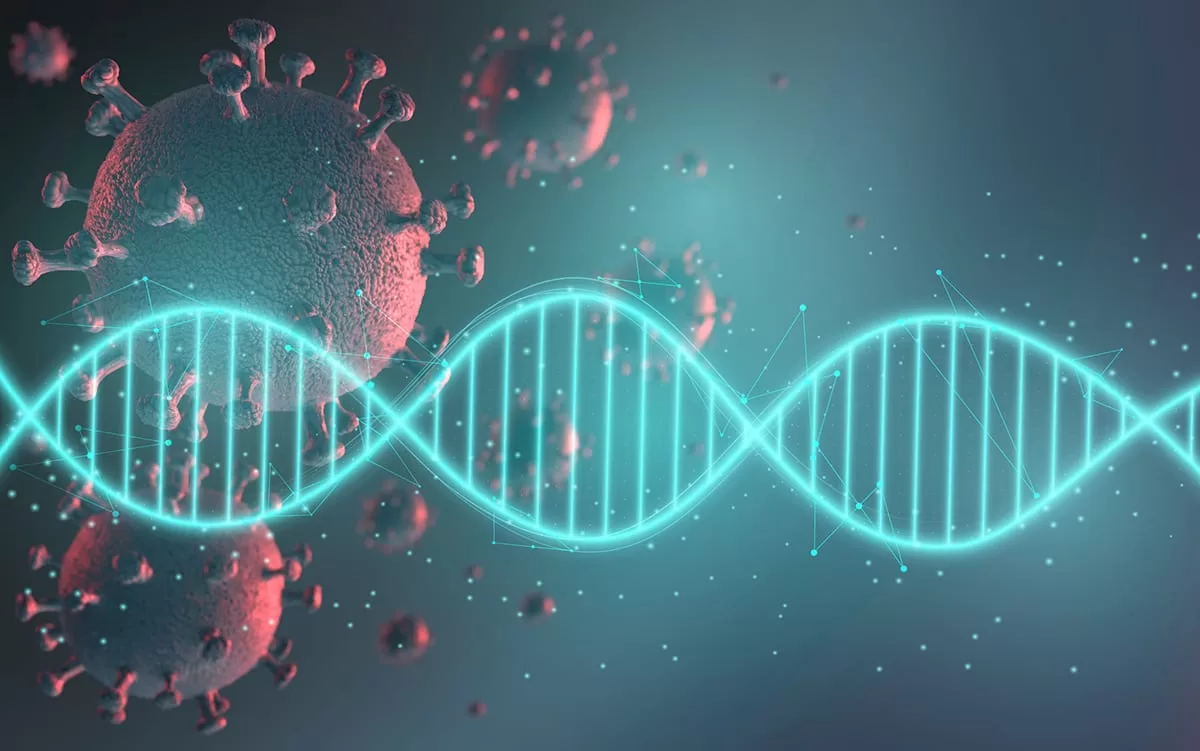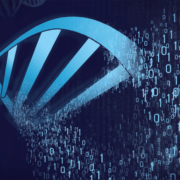Genes are DNADNA, or Deoxyribonucleic Acid, is the genetic material found in cells, composed of a double helix structure. It serves as the genetic blueprint for all living organisms. More segments (or RNA in some viruses) that dictate cellular processes, traits, and hereditary information, promoting genetic diversity and evolution in living organisms.
Genes: The Molecular Architects of Heredity
Introduction to Genes
Genes, the fundamental units of heredity, are like the master architects of life’s blueprint. They play a pivotal role in determining the characteristics and traits of all living organisms. This comprehensive exploration will delve deep into genes’ structure, composition, functions, and significance.
Genes as the Blueprint of Life
- Heredity and Genetics: Genes are the cornerstone of heredity and genetics. They are segments of DNA (except for a few viruses that use RNA) that contain instructions for building and maintaining an organism. This genetic material is passed from one generation to the next, shaping the traits and characteristics of offspring.
- DNA and RNA Composition: Genes typically comprise deoxyribonucleic acid (DNA). DNA is a double-stranded molecule that encodes genetic information in the sequence of its nucleotide bases: adenine (A), cytosine (C), guanine (G), and thymine (T). However, in some viruses, genes consist of ribonucleic acid (RNA). These RNA genes can have similar functions to DNA-based genes and are critical for the viral replication process.
The Function and Control of Genes
- Specific Cellular Processes: Genes are the directors of specific cellular processes. They regulate various functions, from fundamental processes like cell division to more specialized activities within a cell. This control is exerted through a complex gene expression, transcription, and translation network.
- Cell Division: Genes play a crucial role in controlling the process of cell division. Specific genes, such as those encoding cyclins and cyclin-dependent kinases, regulate the cell cycle, ensuring that cells divide and reproduce in an orderly and controlled manner.
- Cell Suicide: Genes also have a role in programmed cell death, called apoptosis. This highly regulated process ensures the removal of damaged or unnecessary cells. Genes, like Bcl-2 and p53, significantly impact determining whether a cell will undergo apoptosis or continue to function.
Gene Structure and Organization
- Exons and Introns: Genes have a specific structural organization composed of exons and introns. Exons are the coding regions of a gene, containing the information necessary to produce functional proteins. Introns are non-coding regions that are transcribed but typically removed during mRNA processing.
- Promoters and Enhancers: Genes possess regulatory regions like promoters and enhancers besides the coding regions. Promoters are located near the start of a gene and serve as binding sites for RNA polymerase, initiating the transcription process. Enhancers are distant regions that can enhance or suppress gene transcription by binding to regulatory proteins.
The Significance of Genetic Diversity
- Evolution and Adaptation: Genes are the driving force behind evolution and adaptation. Genetic diversity generated through mutations, recombination, and other processes allows populations to adapt to changing environments over generations. The ability to evolve is crucial for species survival.
- The uniqueness of Individuals: Genes play a central role in making each individual unique. The combination of genes inherited from both parents results in a unique set of traits and characteristics in each offspring.
Genes: A Blueprint for the Future
Understanding genes is crucial for unraveling the mysteries of heredity and advancing fields like medicine and biotechnology. The study of genes has opened the door to genetic engineering, personalized medicine, and the treatment of various genetic disorders.





